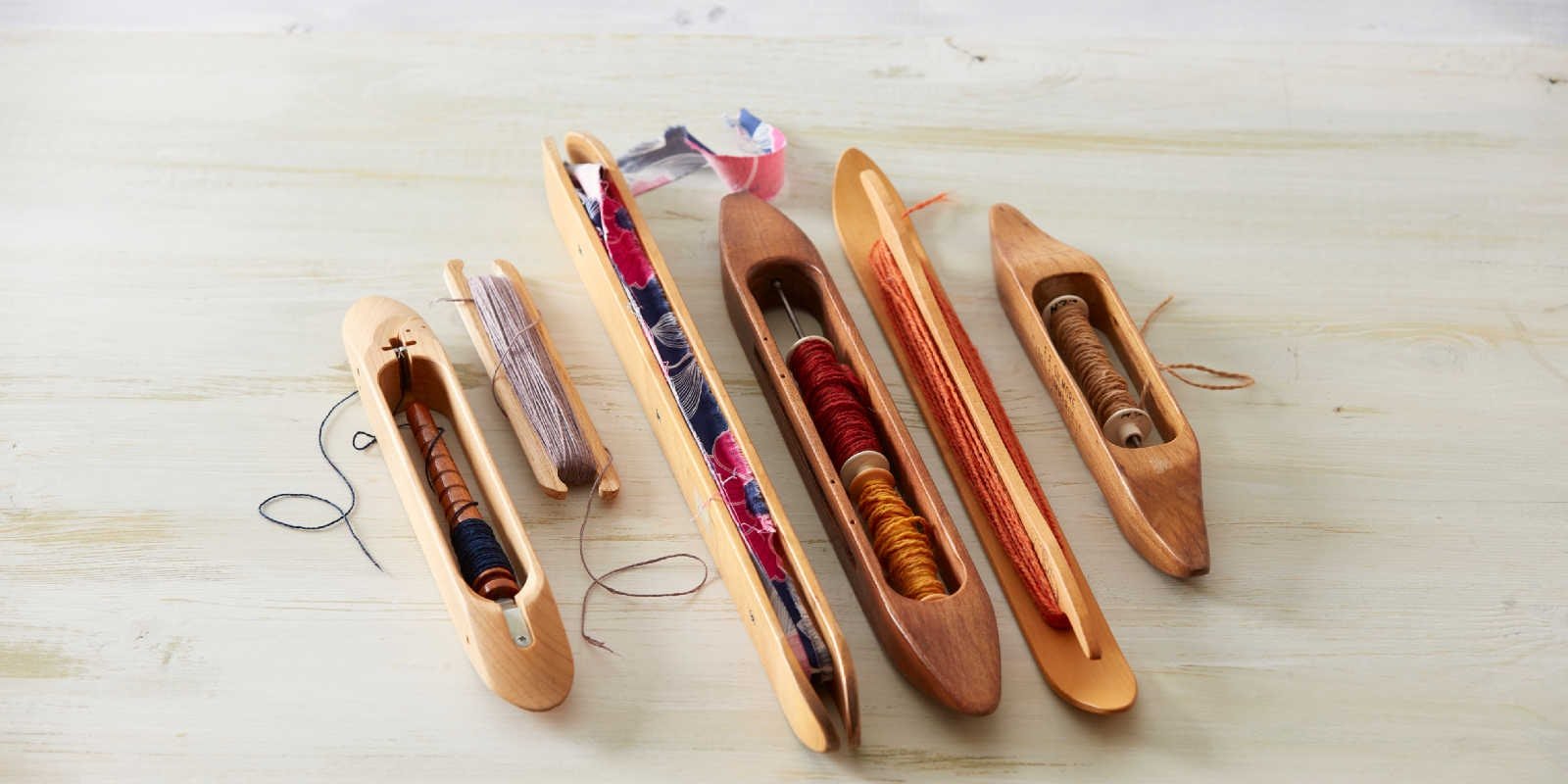This past autumn my husband and I were driving through the mountains and forests of northern Colorado enjoying the peak fall foliage and exploring the small towns we found along the way. This is how we ended up in Walden, Colorado, and more specifically in the North Park Pioneer Museum.
I have a thing for small town museums. They may not have fancy, high-tech displays and interpretive panels but they make up for it with the sheer volume and diversity of items on display. You never know what you’ll find in these museums; maybe there will be an exhibit on the old movie theatre that closed down in 1987 or the time the high school marching band was in the Macy’s Thanksgiving Day Parade. I love it all.
Being the good weaver that I am, though, I always keep an eye out for interesting textiles and any looms. Usually in pioneer towns like Walden, the handwoven textiles featured in the museums are simple and utilitarian. There are lots of plain weave rugs and blankets, usually in simple colors, exactly what you’d expect, given the time period.
 | |
| The mystery blanket. |
So imagine my surprise when I saw a gorgeous, handwoven doubleweave saddle blanket displayed under an old and musty saddle, almost as an afterthought. Some of the colors had faded, and it was stained in places, but the quality of weaving was undeniable. Near-perfect selvedges, a consistent PPI, and ninety-degree angles in the design—this blanket was clearly made by a skilled weaver.
Even by today’s standards Walden is a fairly isolated mountain town—I can only imagine what it was like during the time when this blanket was woven. So who was this unknown weaver and where did she (or he) learn to weave? The museum didn’t have any specifics on the blanket and who made it, so I was free to come up with my own ideas about where she trained, how she came to live in Walden, and what her life must have been like as a weaver in that little mountain town.
What intrigued me the most about the blanket was that as much skill and time it took to weave it, the blanket was very simply finished with a rather haphazard blanket stitch and then ultimately used to absorb sweat off a horse’s back. Was it a gift for a beloved husband or son? Was it woven for a special event like a country fair? Maybe it was intended to be a human blanket, but because of some flaw in the weaving it was demoted to stable duty.
As we rode home and I admired the vibrant yellows of the aspens, I couldn’t help but think about how lucky I am. I have access to local yarn stores and internet yarn stores alike. If I want to learn doubleweave, I don’t have to travel across the country or even the state to learn from an expert weaver. I can put a workshop DVD in the player and have a private lesson with doubleweaver extraordinaire Jennifer Moore. I have to say, as much as I enjoy immersing myself in the past, I’m so very grateful to live in the present.


